Blue Meanie Magic Mushroom
$200.00 – $1,200.00
Blue Meanie mushrooms, scientifically known as Panaeolus cyanescens, are among the most potent psychedelic mushrooms available. Renowned for their powerful hallucinogenic effects, these mushrooms have garnered attention from enthusiasts, researchers, and mycologists alike. This comprehensive guide will cover everything you need to know about Blue Meanie mushroom, including their appearance, habitat, psychoactive properties, usage, legal status, and safety considerations.
Blue Meanie Mushrooms: A Comprehensive Guide to Panaeolus Cyanescens
Introduction
Blue Meanie mushrooms, scientifically known as Panaeolus cyanescens, are among the most potent psychedelic mushrooms available. Renowned for their powerful hallucinogenic effects, these mushrooms have garnered attention from enthusiasts, researchers, and mycologists alike. This comprehensive guide will cover everything you need to know about Blue Meanie mushroom, including their appearance, habitat, psychoactive properties, usage, legal status, and safety considerations.
Identification and Appearance Of Blue Meanie Mushrooms
Blue Meanie mushroom are relatively small but distinct in appearance:
- Cap: The cap is light brown or tan and often turns bluish when bruised. It is typically convex to bell-shaped, measuring 1-4 cm in diameter.
- Gills: The gills underneath the cap are dark gray to black.
- Stem: The stem is thin, long, and white, often showing bluish bruising when handled.
Natural Habitat and Growth Of Blue Meanie Mushrooms
Blue Meanies thrive in specific environments:
- Location: They are commonly found in tropical and subtropical regions worldwide.
- Substrate: These mushrooms grow on dung, particularly that of herbivores like cows and horses, often in well-manured pastures.
Psychoactive Compounds and Effects Of Blue Meanie Mushrooms
The primary reason for the fame of Blue Meanie mushroom is their potent psychoactive effects:
- Active Compounds: Psilocybin and psilocin are the primary psychoactive substances in Blue Meanies, responsible for their hallucinogenic effects.
- Effects: Users typically experience altered perceptions, vivid visual and auditory hallucinations, and significant changes in thought processes and consciousness. The intensity of these effects can vary widely depending on dosage and individual sensitivity.
Usage: Traditional and Modern
The use of Blue Meanie mushroom spans from ancient traditions to modern practices:
- Traditional Use: Various cultures have used psilocybin mushrooms for religious, spiritual, and shamanic practices, often viewing them as sacred.
- Modern Use: Today, they are frequently used recreationally for their psychoactive effects and are being studied for potential therapeutic applications, including treatment for depression, anxiety, and PTSD.
Legal Status Of Blue Meanie Mushrooms
The legal status of Blue Meanie mushroom varies significantly around the world:
- Illegality in Many Regions: In many countries and regions, psilocybin mushrooms are classified as illegal substances due to their powerful psychoactive effects.
- Legal and Decriminalized Areas: Some places have moved towards decriminalization or even legalization, particularly for medical and research purposes.
Safety Considerations
While Blue Meanie mushroom can offer profound experiences, safety is paramount:
- Accurate Identification: It is crucial to correctly identify Blue Meanie mushrooms to avoid consuming toxic look-alikes.
- Potential Risks: Side effects can include nausea, paranoia, and psychological distress, especially in individuals with preexisting mental health conditions.
- Set and Setting: Ensuring a safe and supportive environment is vital for reducing risks during the psychedelic experience.
Conclusion
The Blue Meanie mushroom, or Panaeolus cyanescens, holds a unique place in the world of psychedelics. Whether you’re a researcher, a mycologist, or someone interested in the profound effects of these mushrooms, understanding their characteristics, habitat, and effects is essential. Always prioritize safety, accurate identification, and be aware of the legal status in your area when exploring the world of Blue Meanie mushrooms.
| Weight | Oz, QP, HP, P |
|---|
Be the first to review “Blue Meanie Magic Mushroom” Cancel reply
Related products
Dried Mushrooms
Dried Mushrooms
Dried Mushrooms
Dried Mushrooms
Dried Mushrooms
Dried Mushrooms
Dried Mushrooms
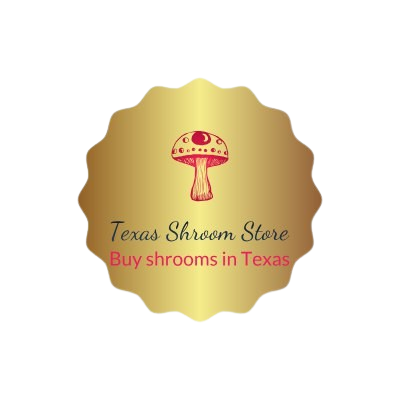

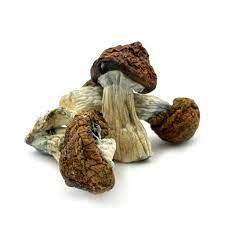

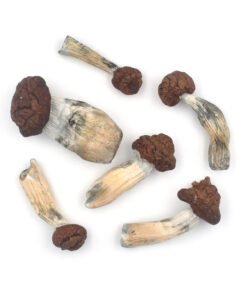


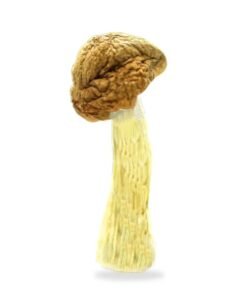

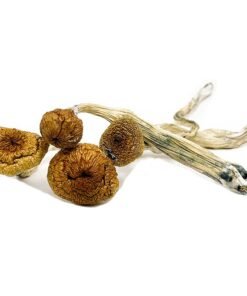
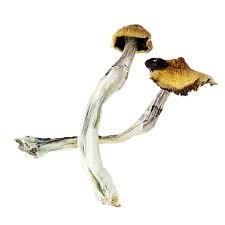
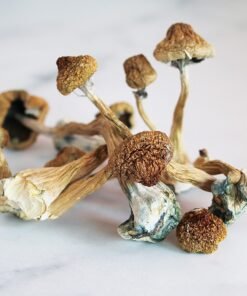

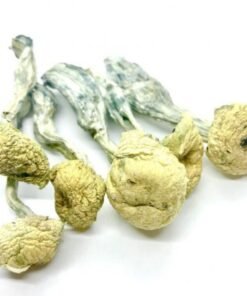





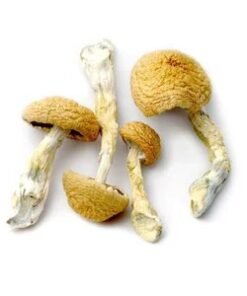



Reviews
There are no reviews yet.